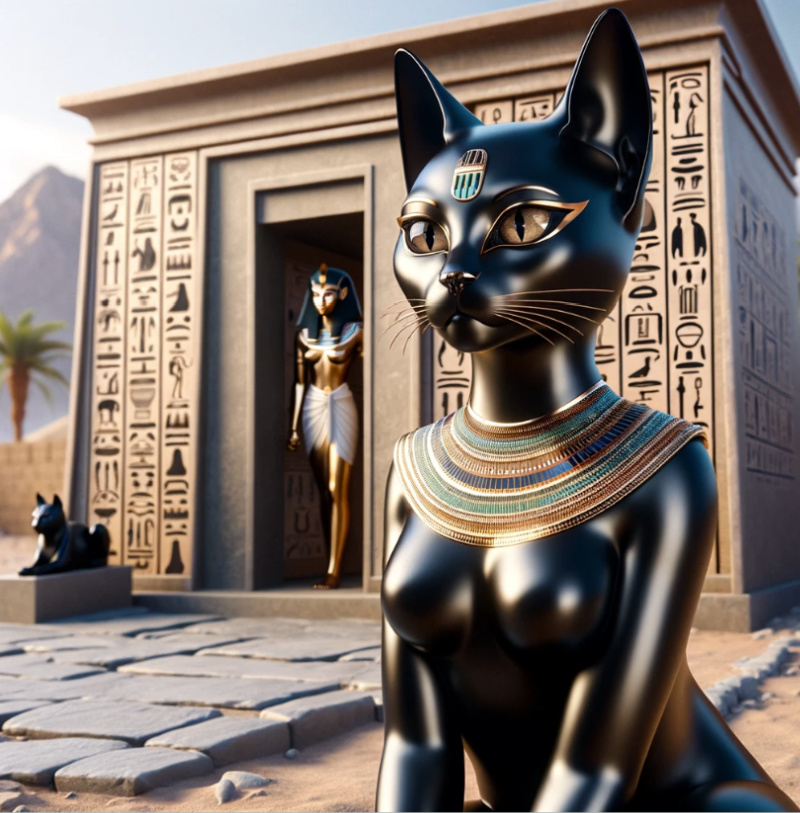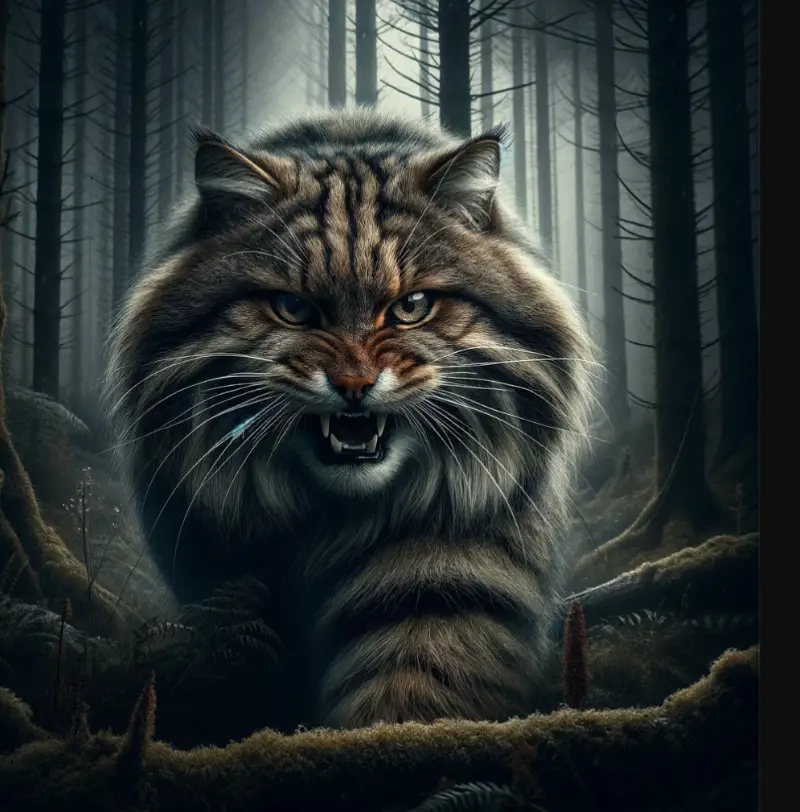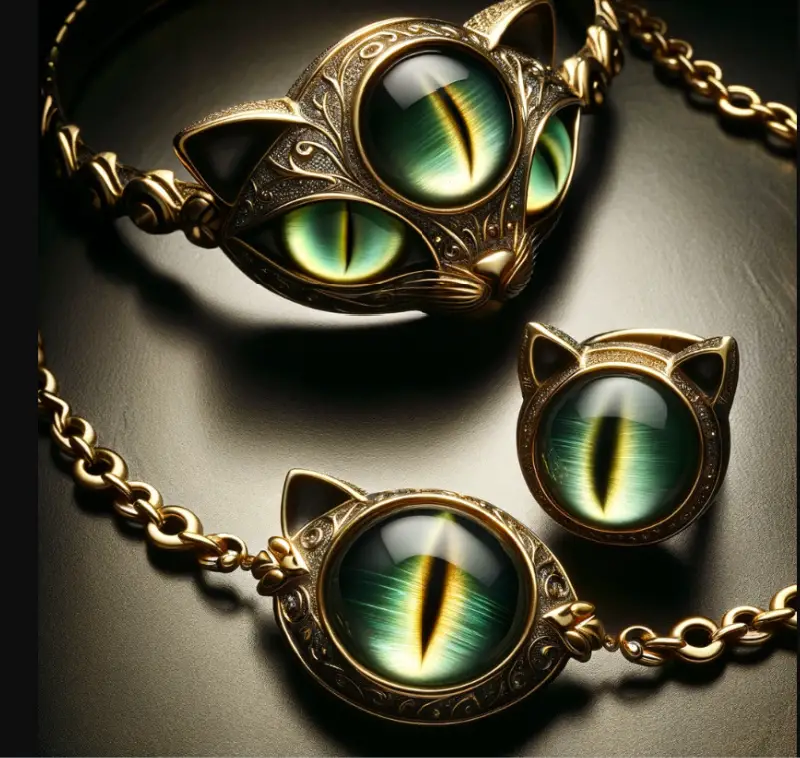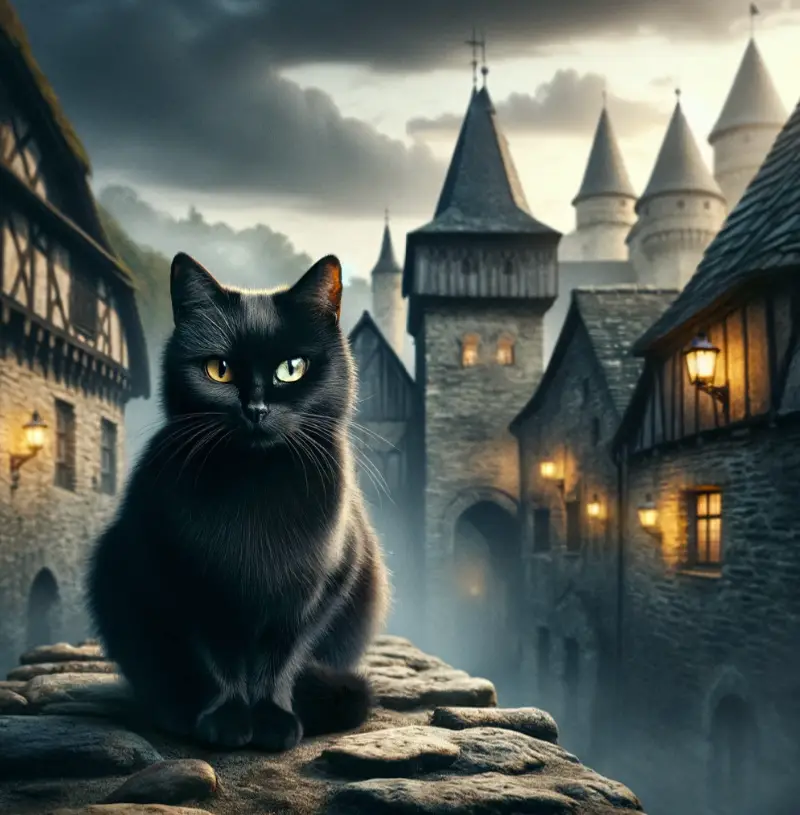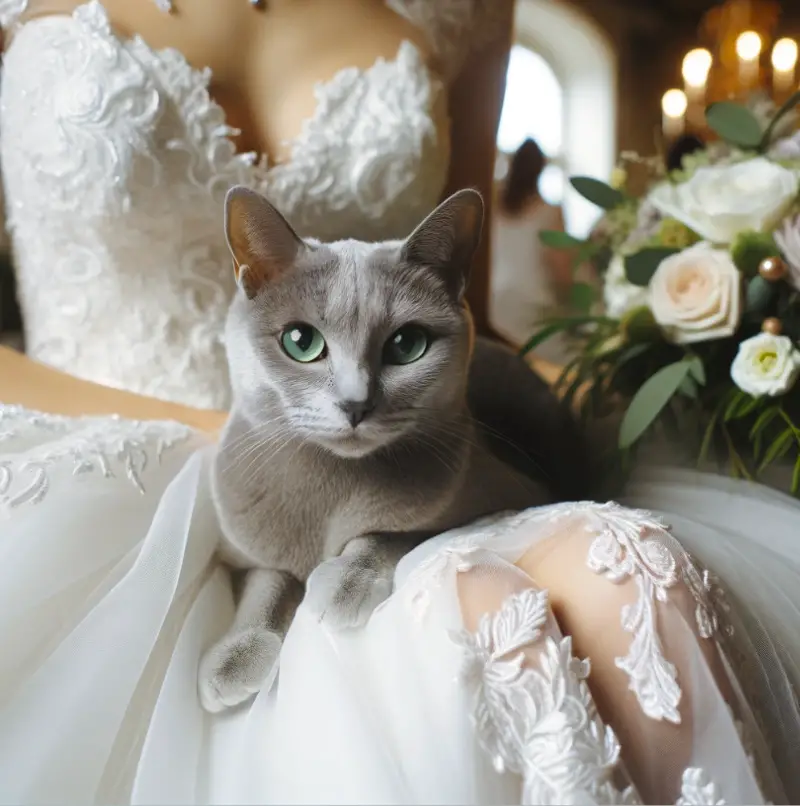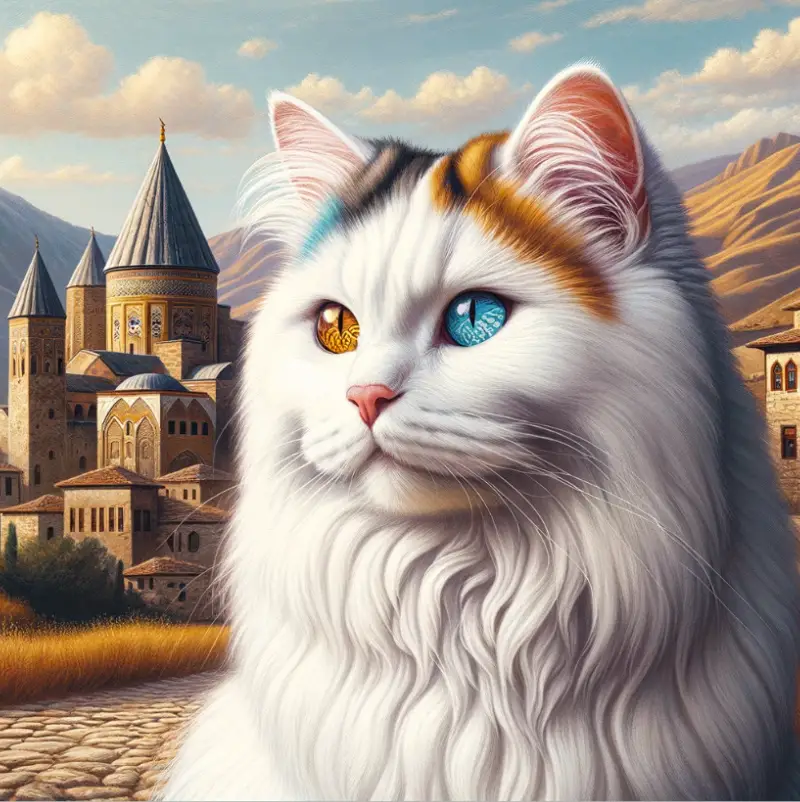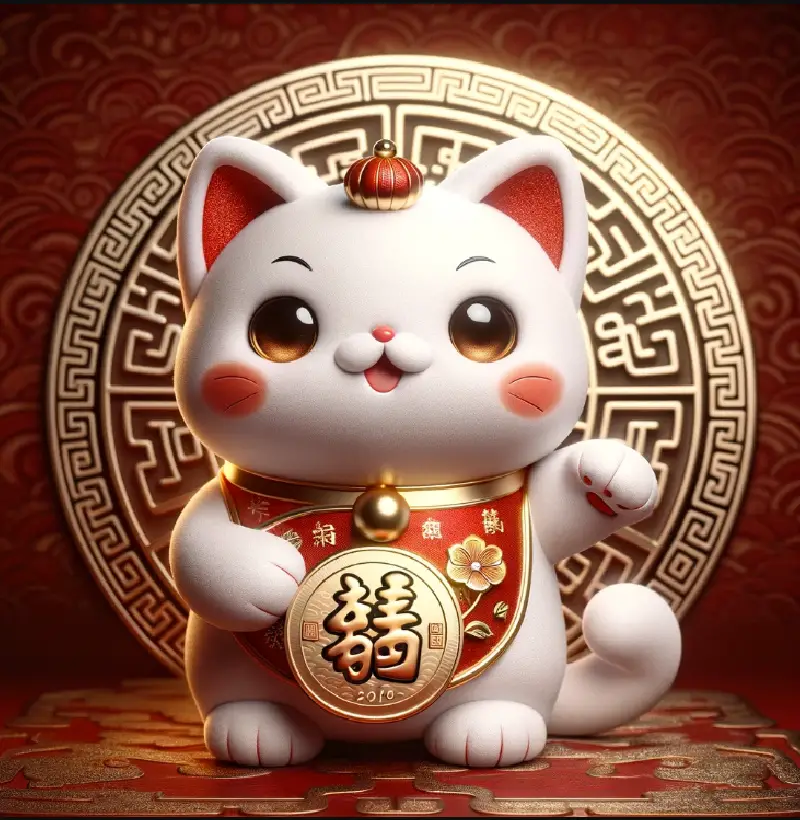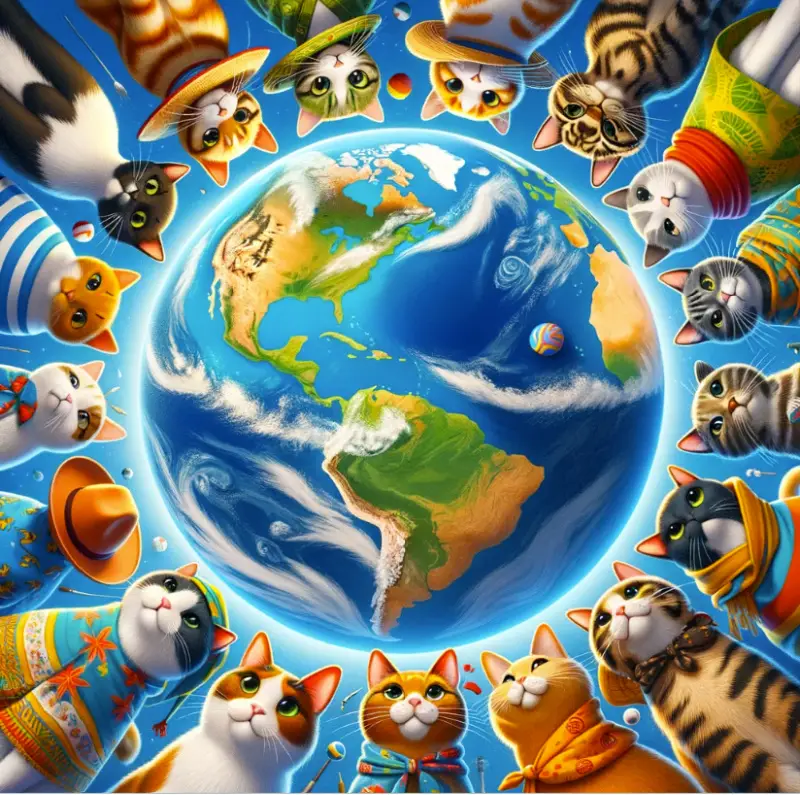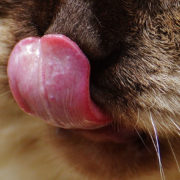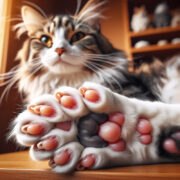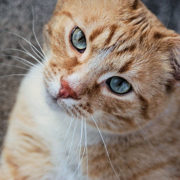Cats have always been enigmatic creatures, captivating us with their grace and independence. However, their mysterious nature has also led to numerous superstitions and folklore in cultures around the world. From the revered and sacred to the feared and misunderstood, let’s delve into the fascinating realm of cat superstitions and folklore from various countries.
Egypt: Cats as Divine Guardians
In ancient Egypt, cats were revered and considered sacred animals. The ancient Egyptians believed that cats possessed protective qualities and were linked to the goddess Bastet, the goddess of home, fertility, and childbirth. Killing a cat, even accidentally, was a crime punishable by death. Many households kept cats as guardians against evil spirits and pests, believing their presence brought good fortune.
Japan: The Maneki-neko Beckoning Cat
In Japanese folklore, the “Maneki-neko” or beckoning cat is a common sight in shops and homes. This cat figurine with a raised paw is believed to bring good luck and fortune to its owners. Depending on the raised paw’s position, it can attract wealth, happiness, or love. Many people believe that the Maneki-neko’s inviting gesture welcomes prosperity and positivity into their lives.
Scotland: The Scottish Wildcat – A Foreboding Omen
In Scottish folklore, encountering a wildcat, often referred to as the “Highland Tiger,” was considered a bad omen. Seeing a wildcat, especially before a journey, was believed to foretell misfortune or even death. Some even thought that a wildcat’s scream was an eerie warning of impending doom. Unfortunately, this superstition contributed to the decline of the Scottish wildcat population.
Italy: The Protective Power of the Cat’s Eye
In Italy, it’s common for people to wear jewelry or charms featuring the “occhio di gatto” or cat’s eye gemstone. This stone is believed to possess protective properties that ward off evil and the “evil eye.” Wearing a cat’s eye amulet is thought to bring good luck, protect against negative energies, and enhance one’s intuition and perception.
United Kingdom: The Black Cat Conundrum
Black cats have long been associated with superstitions, both good and bad, in various cultures. In medieval Europe, black cats were often linked to witches and considered harbingers of bad luck. However, in the United Kingdom, crossing paths with a black cat was believed to bring good luck, especially if it happened during a wedding or a new venture.
Russia: The Beloved Russian Blue Cat
In Russia, the Russian Blue cat breed holds a special place in the hearts of many. It is believed that these cats bring good fortune, happiness, and harmony to households. Russian Blue cats are often given as gifts to brides and new mothers as a symbol of protection and love. They are thought to possess magical qualities, such as the ability to foresee danger.
Turkey: The Van Cat – A Symbol of Luck
The Van cat, native to the Van region in Turkey, is considered a symbol of good luck and protection. These cats are known for their striking appearance, with a white coat and colorful markings on their heads and tails. It is believed that owning a Van cat can safeguard your home from evil spirits and bring prosperity to your family.
China: The Prosperity-Carrying Cat
In Chinese culture, the “Huo Fu Mao” or “fortune cat” is a common talisman often found in businesses and homes. This cat figurine, with a beckoning paw, is believed to attract prosperity, success, and wealth. It is customary to place the fortune cat near the entrance, ensuring that it welcomes abundance into the establishment.
Summary
Cats have left their mark on cultures around the world, both as beloved companions and as symbols of superstitions and folklore. From ancient Egypt to modern Japan, these enigmatic creatures have held various roles, ranging from sacred protectors to omens of misfortune.
Regardless of the beliefs associated with them, cats continue to captivate and inspire us with their mysterious and independent nature, transcending cultural boundaries and superstitions.
